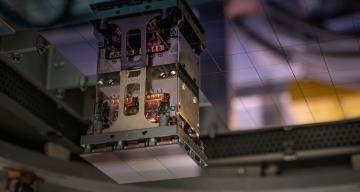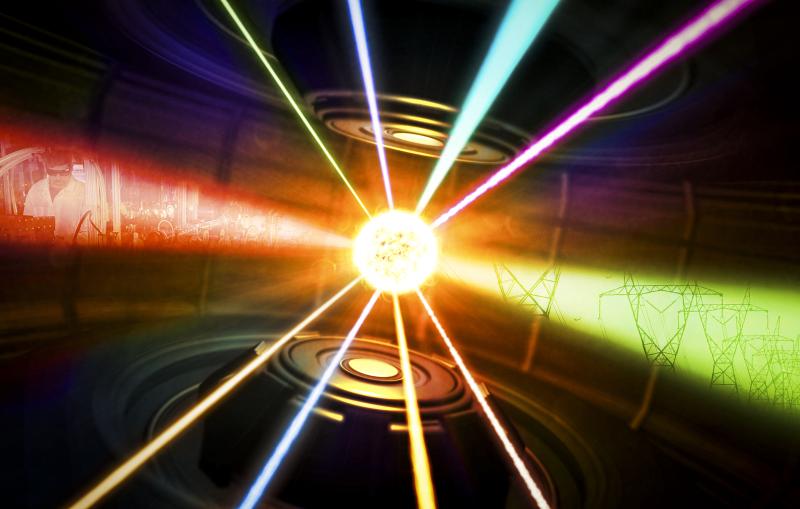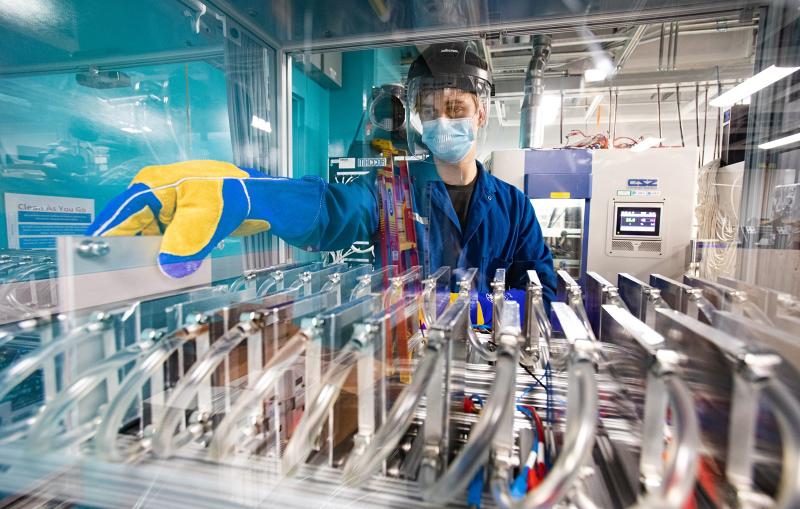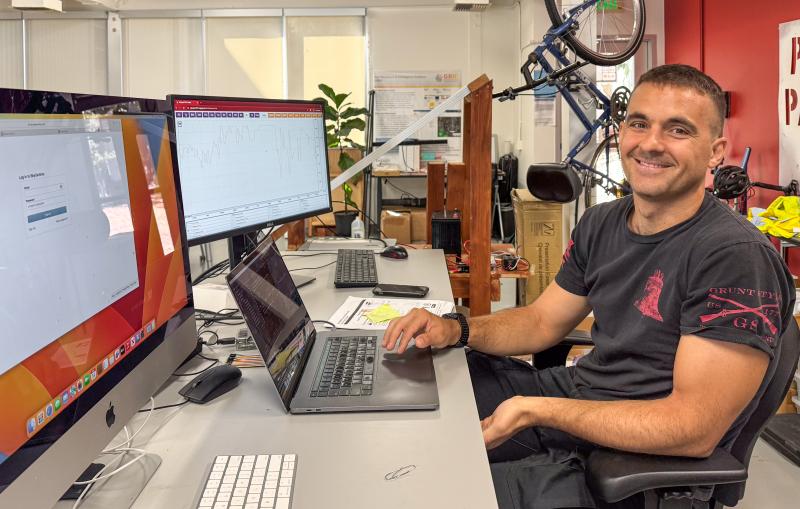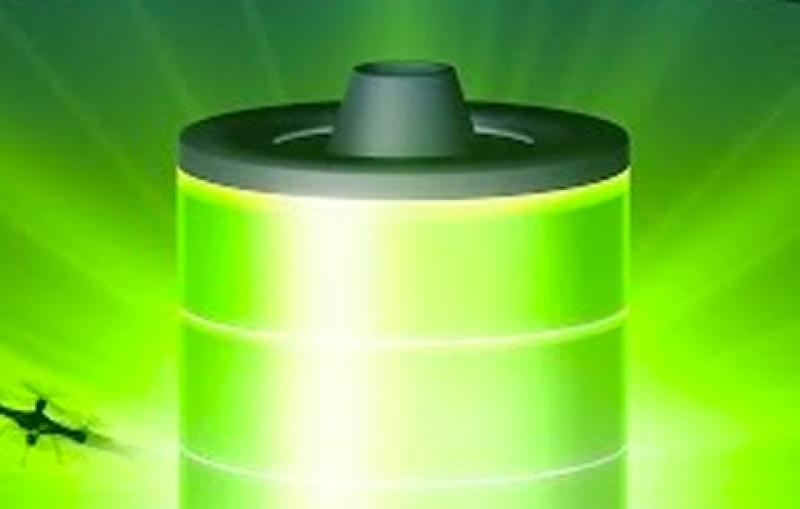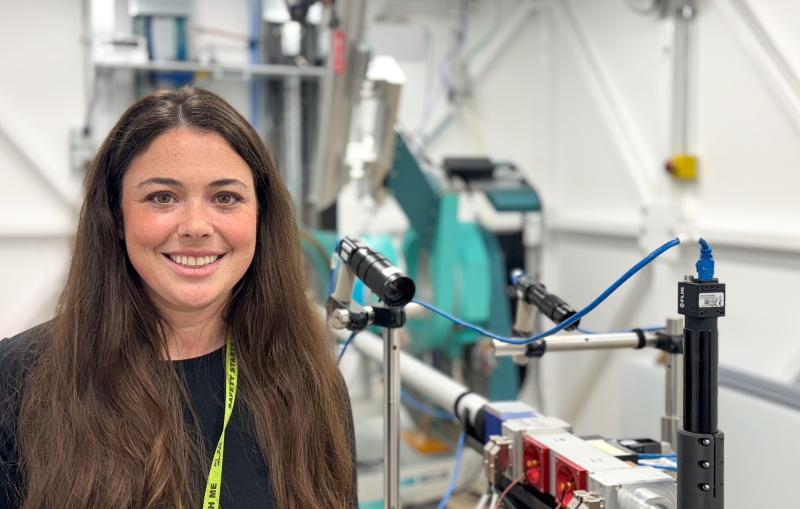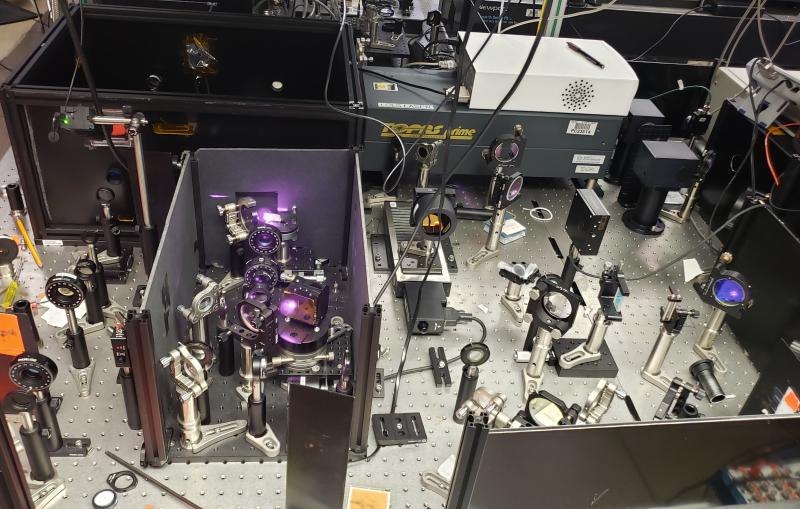SLAC is known for building big sophisticated machines for teasing out the secrets of the universe. They give researchers new eyes on the world, spurring discoveries that spark new inventions in a continuous cycle. In our joint research centers and facilities, SLAC and Stanford team up to tackle important scientific problems and train the next generation of scientists.
Associate Professor of Materials Science & Engineering and of Energy Sciences & Engineering, Stanford Faculty Scientist, Energy Sciences Directorate, SLAC Senior Fellow, Precourt Institute for EnergyI believe working with a diverse group of students, postdocs, staff and faculty will fuel our creativity and deepen the impact of the research that we do. Creativity, diversity and inclusion go hand in hand.”

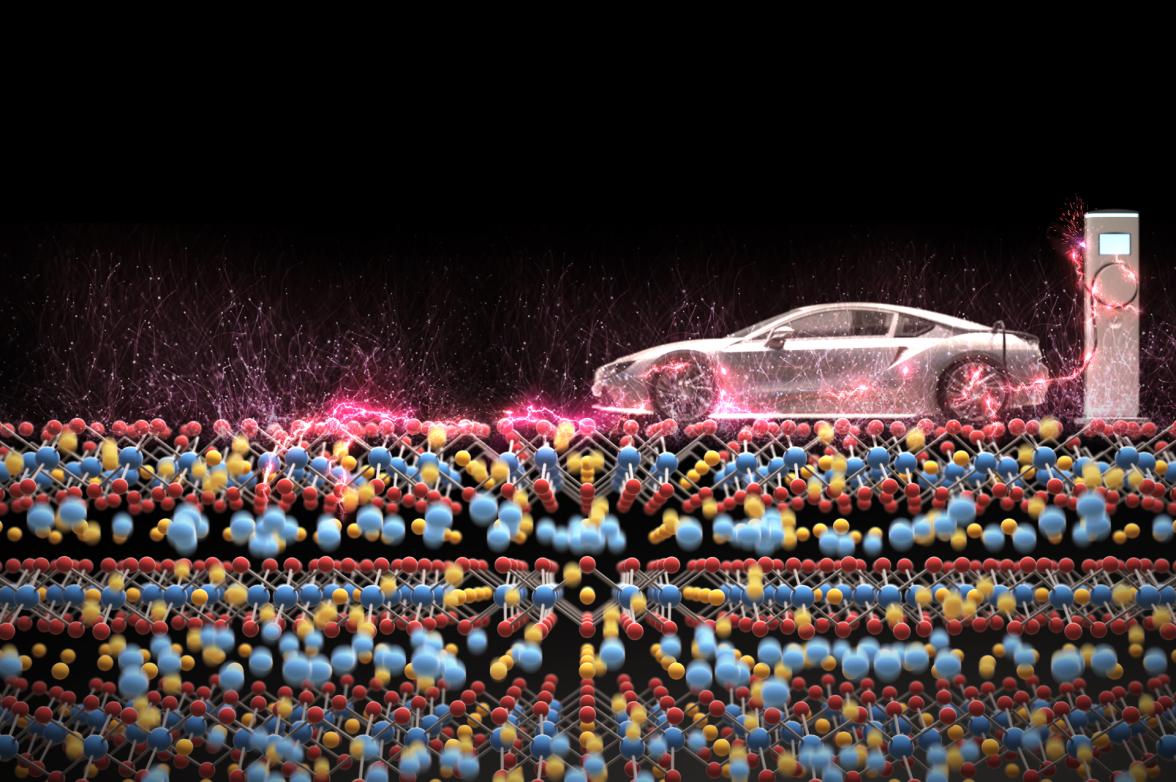
Materials for society
Developing the materials we need to improve our quality of life
SIMES does the basic materials research needed to develop technologies that generate, store and transmit energy more efficiently. It doubles as the Materials Science Division of SLAC.
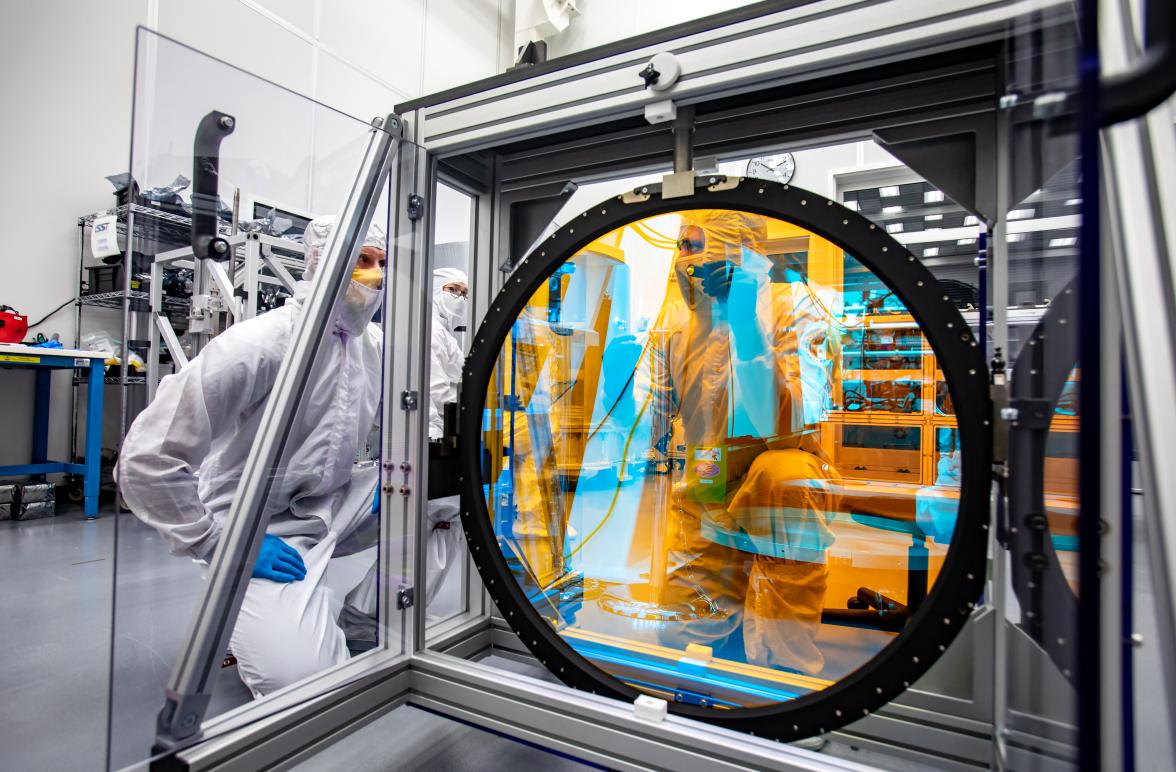
Eyes on the universe
Bringing cosmic mysteries into focus
KIPAC is dedicated to increasing our understanding of the universe – including the nature of dark energy and dark matter, spectacular phenomena like black holes and gamma-ray bursts and the structure and evolution of the cosmos.
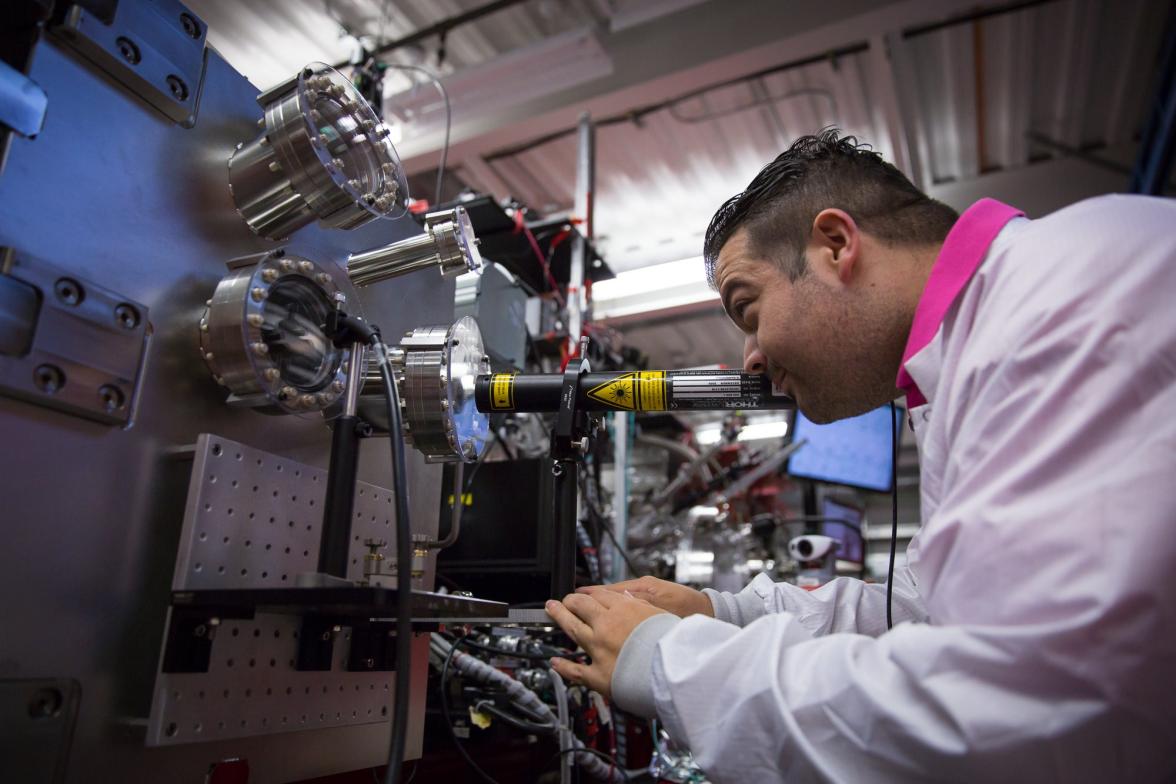
Ultrafast science
Watching nature in action on the smallest and speediest scales
PULSE researchers use the LCLS X-ray free-electron laser to explore things like chemical reactions and molecular movements at the level of atoms and on incredibly fast time scales.
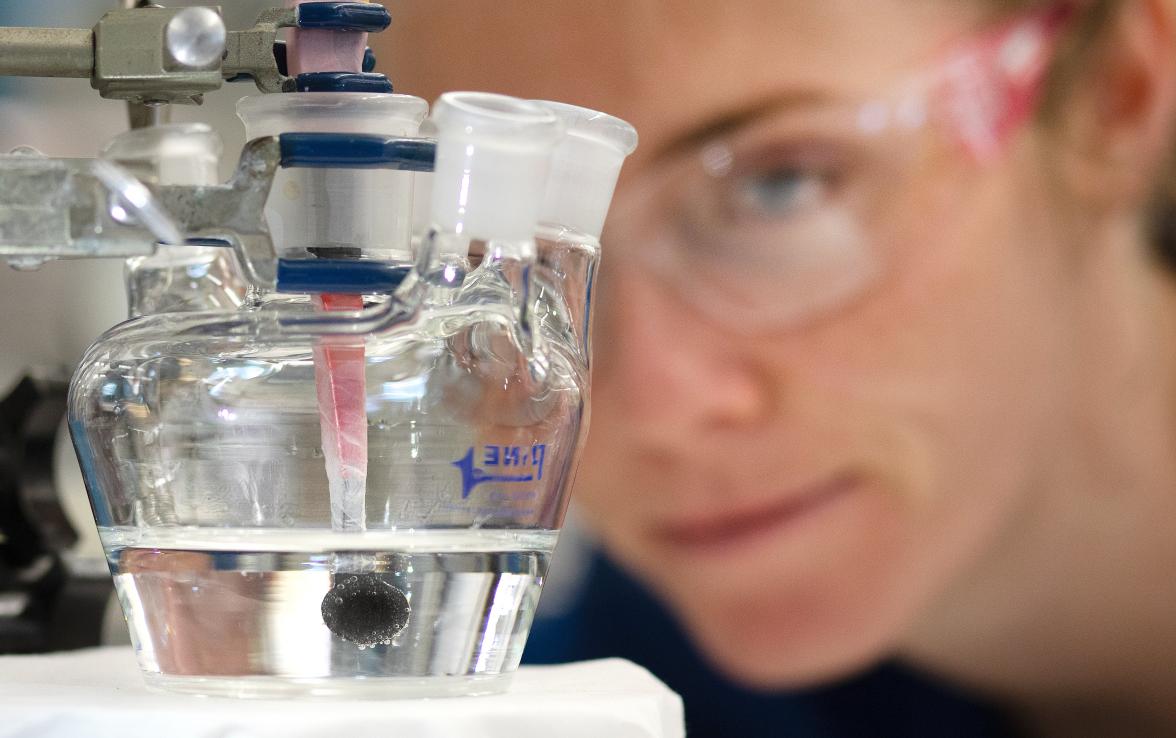
Sustainable chemistry
Designing catalysts to make chemical reactions cleaner and more efficient
A partnership between SLAC and the Stanford School of Engineering, SUNCAT focuses on the atom-by-atom design of catalysts to accelerate chemical reactions we need to generate and store energy in more planet friendly ways.
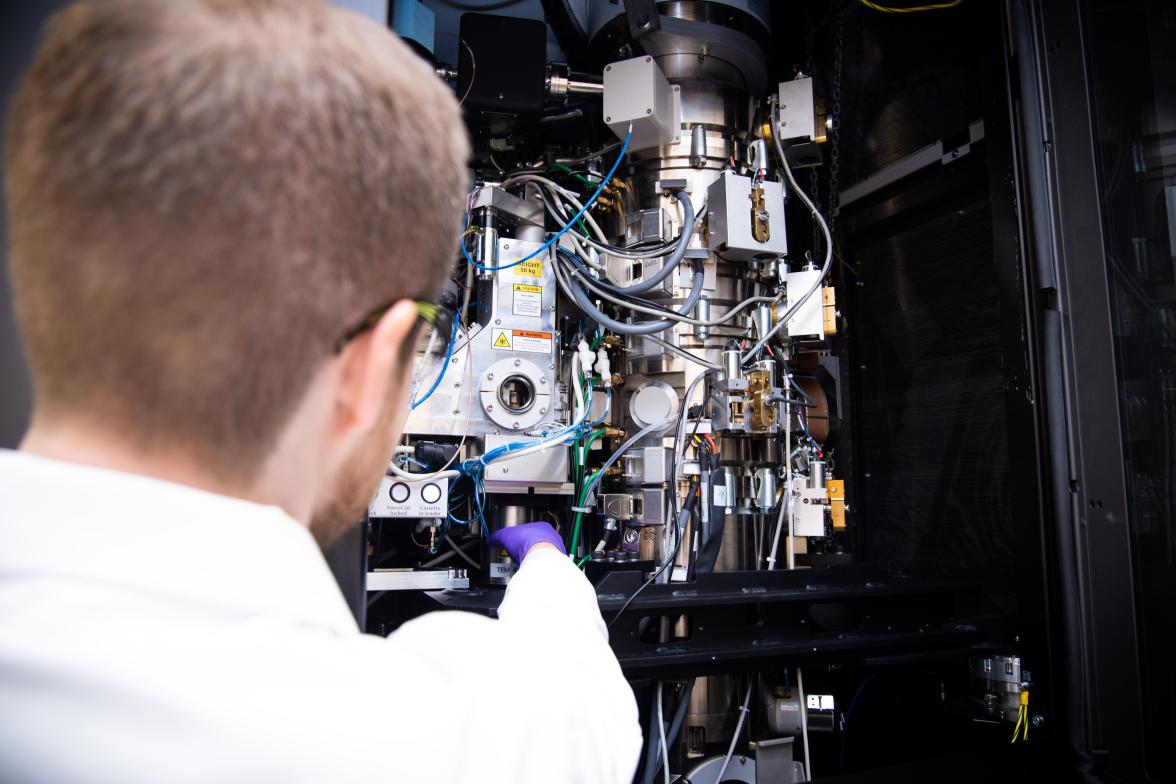
Advanced imaging
Peering deep into the molecular machinery of living things
We operate one of the most advanced facilities in the world for cryogenic electron microscopy and tomography, and our experts help the scientific community take full advantage of these powerful imaging technologies.
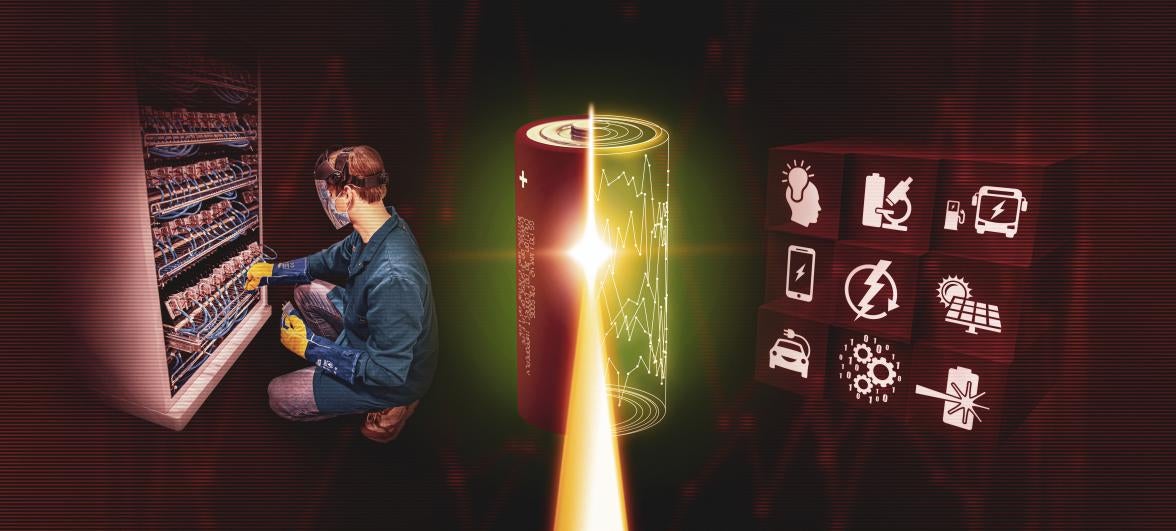
Battery research
Targeting roadblocks to a sustainable energy transition
This new battery research center will bring together the resources and expertise of the national lab, the university and Silicon Valley to accelerate the deployment of batteries and other energy storage solutions as part of the energy transition that’s essential for addressing climate change.
